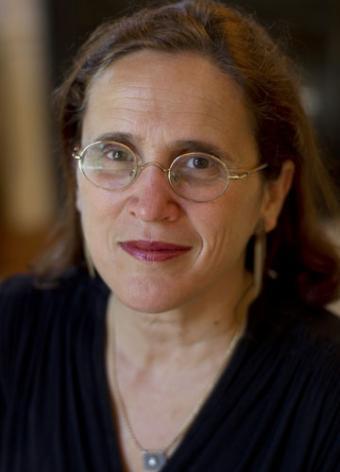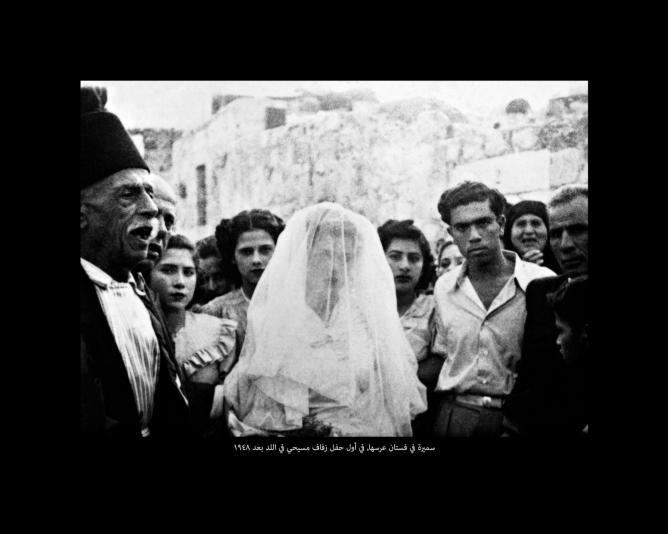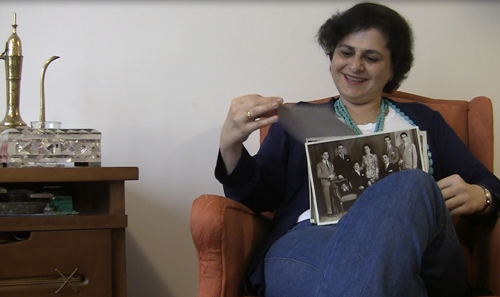Christian Palestinian Archive: A Project by Dor Guez Opening Reception
Thu, Apr 7, 2016
6:00 PM–8:00 PM
The James Gallery
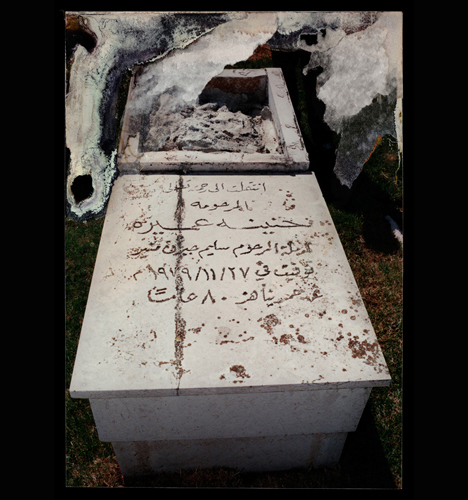
Dor Guez founded the Christian Palestinian Archive (CPA) in 2009 after he discovered a suitcase under his grandparents’ bed filled with old photographs. At the James Gallery, Guez presents the story of his grandmother, Samira Monayer, through a series of videos and digitally manipulated archival materials the artist calls “scanograms.” This story begins with her childhood in Jaffa and expulsion in 1948 during the Palestinian exodus from land claimed by Israel (known as al-Nakba, “the catastrophe”). The narrative continues with her family’s dispersal to Lydd (Lod), Amman, Cyprus, Cairo, and London and, eventually, Samira’s life in Israeli society. As in many of Guez’s projects, the personal stories he relates do not fit neatly within nationalist meta-narratives of the region. Both Samira’s biography and Guez’s aesthetic strategies reveal important gaps between established histories of the Middle East and individual lives in the region.
Samira’s story is a point of departure for Guez’s artwork and the Christian Palestinian Archive. While his family’s photographs are the foundation of the archive, today the CPA exists as an independent entity containing thousands of digital images from Christian Palestinians across the world. Often described as a minority within a minority, Christian Palestinians make up a small percentage of the population in Israel-Palestine, however, in the diaspora they number in the hundreds of thousands. The CPA gathers photographs through open calls and digitally preserves the materials of all who participate. An open call will take place during this presentation in the James Gallery in order to add more stories to this growing archive.
Christian Palestinian Archive: A Project by Dor Guez is curated by Chelsea Haines, Presidential Research Fellow, The Center for the Humanities.
Cosponsored by the Mediating the Archive Mellon Seminar in Public Engagement and Collaborative Research in the Humanities, The Middle East and Middle East American Center, and the Ph.D. Program in Art History at The Graduate Center, CUNY, and supported in part by Artis Foundation for Contemporary Art.
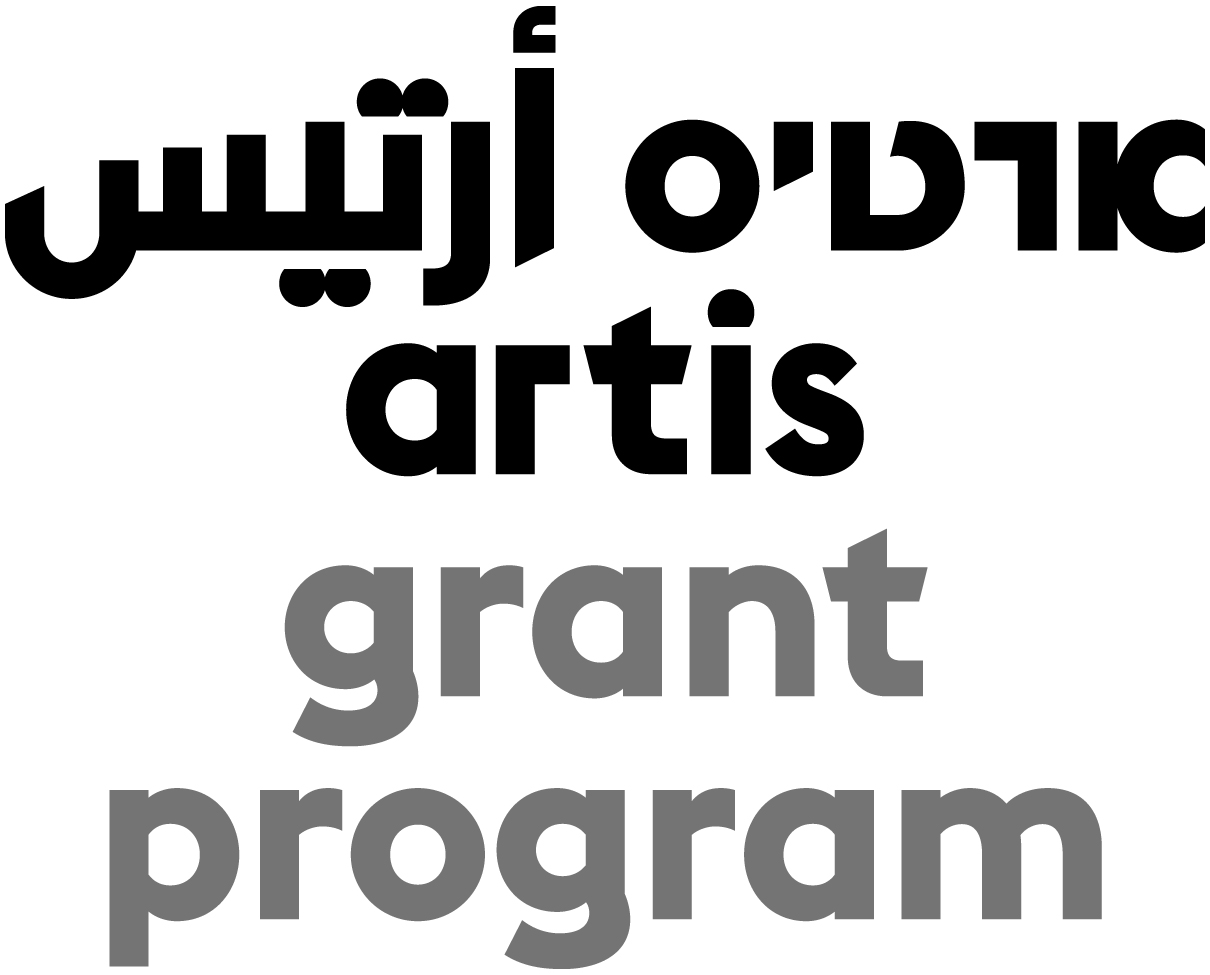
Participants
Related Events
Lecture
Ariella Azoulay—The Imperial Condition of Photography in Palestine: Archives, Looting, and the Figure of the Infiltrator

Event
The Influence of Arab Lands on Textile Arts during the Renaissance


